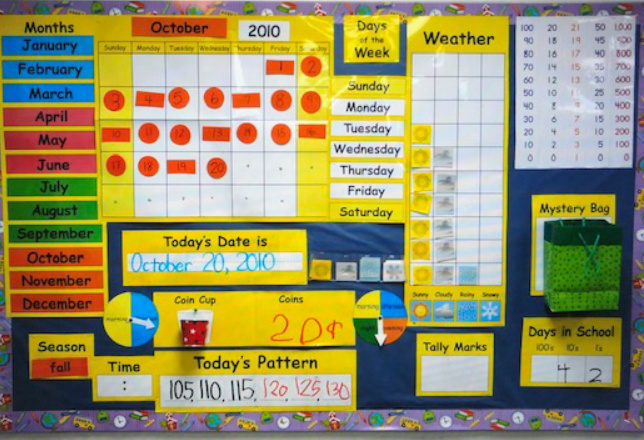Is SEL (Social Emotional Learning) New? Nope!
What is the deal with SEL (Social Emotional Learning)? Is SEL new? Nope! I’ve been an educator for over 30 years now and I had to look up the acronym when I first saw it. Social Emotional Learning!! Nope, it’s not new; and I’ll explain why.

Any teacher worth his/her pay looks out for the emotional development of students. We always have. Yet the gurus in education came up with a term for it and began to teach about it. I’m fairly sure the concept was developed as part of Special Education teaching. So anyway, I decided to take a look at what all the commotion is about.
Is SEL New? Nope!
After a quick google search, I found a world of information on SEL. Don’t you just love Google searches. Especially the little questions that they prompt you with after the brief definition. LOVE IT!!
THE FIVE TENANTS OF SOCIAL EMOTIONAL LEARNING
There are five distinct components of SEL. They are:
- Self-Awareness
- Responsible-Decision Making
- Relationship Skills
- Social Awareness
- Self-Management
Here is a graphic I just found on the internet. I’m not sure who created it, but it provides a brief statement about each of the five components.

Which of these is the most important?
So, as I was pondering this chart, I noted that nothing here was new to me. You see, teachers are fabulous people who work diligently each year to give their students exactly what they need for the 185 days that they are with us.
Perviously, my generation of teachers called these items “TEACHABLE MOMENTS.” We would intersperce them into the learning as the moment arose. If a student was making a bad decision, we would stop and show the class how to make a responsible decision that is ethical, a good choice for themselves, others and society.
Here’s another example. When a student would get upset and lose control, we would step in and discuss how he or she was feeling, what had happened, why they were feeling that way, why he/she was losing control and becoming angry or upset (or whatever the reaction was). As we had this conversation with the student, we would offer alternate ways to react to the situation that would be better overall. We would also discuss how to control your emotions in public, how to ask for help, or how to ask for the chance (and place) to gather ourselves together again.
Is SEL (Social Emotional Learning) New?
Back in my day, (a hundred years ago-haha) we just called this taking care of the situation when it arose. It didn’t have a fancy name, but rather, it was just something we did.
You see teachers have always been caring humans (well most of them).
Here is an article by an education blogger about SEL. This blogger has created an entire curriculum on SEL. She has one for Middle School and a separate one for Elementary Schools. The curriculum she offers has a unit for each of the five components listed in the circle chart above. In a disclosure of truthfulness, I admit that I have not read the entire article word for word, but have scanned it.
15+ Benefits of Social Emotional Learning in the Classroom

Teaching the Golden Rule
In my humble opinion, much of this content can be reviewed and taught via a lesson on the Golden Rule. In case you’re not familiar, the Golden Rule is:
“Do unto others as you would have them do unto you.” It can be worded in other ways, but the gist is the same; treat people the way you want to be treated.
I wrote another article about “Golden Rules” for teachers. You can read it through the link here. 17 Golden Rules of Teaching
So, let’s think about this Golden Rule idea for a minute. If you want someone to be fair to you, then you should be fair to them. Along similar lines, if you want someone to be kind/nice to you, then you should be kind/nice to them. If you want someone to help you when you are in trouble or in a bind, then you should help them when they are in trouble or in a bind.
Below is another chart I discovered on the internet. This is only slightly different in that it adds a sixth concept, the “future self” one.

Do you get the concept?
Simple, right. Now, I realize that this “rule” doesn’t cover self-control and self-regulation, but you can often “weave” these concepts into the discussion. You see, someone who angers easily will need to exhibit self-control in order to be “kind,” etc. A person who is weak in social awareness can be shown that he/she would want others to strive to understand him/her (or his/her culture); thus this also follows the Golden Rule.
Is a “Social Emotional Learning” curriculum necessary? Probably not, but is is a good thing? Probably YES. But there are many “good things” that can be taught that are often pushed aside because of time restraints (such as art and music, health and home economics). Do I suggest it be taught? Of course, either informally or formally (through a set curriculum) we must stress social awareness, self-regulation, relationship skills, decision making and the rest.
So, teach it when and where you can. And if your district has the time and money for the curriculum, then go ahead and use a curriculum.
Before I sign off here, I don’t want to forget to offer you my free downloadable list of “10 Ways to Impress Your Principal.” Just fill in your email information below and I will zip it right over to your in box.
**
Until Next Time,







